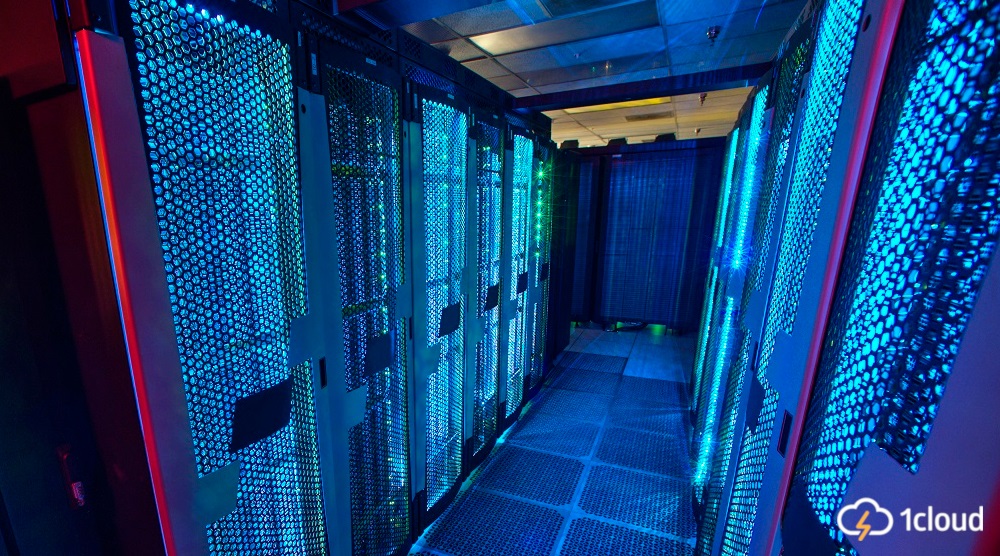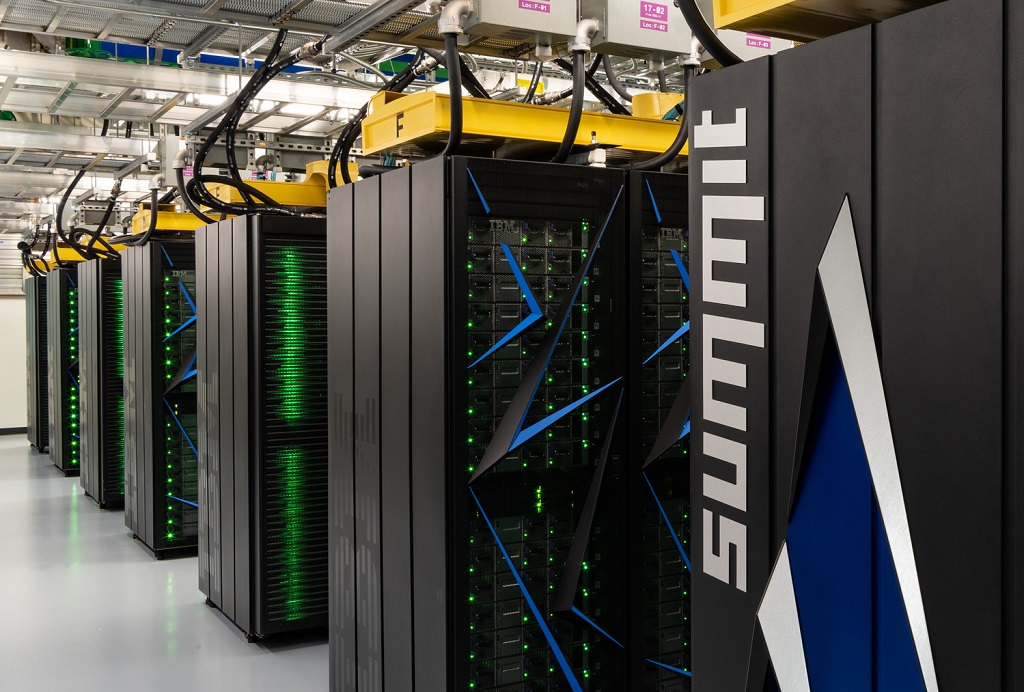Since 2018, the five hundred most powerful systems in the world have been running on Linux. We discuss the reasons for this situation and provide expert opinions.
 Photos - Rawpixel - PD
Photos - Rawpixel - PDMarket condition
So far, Linux is losing to the other OS in the struggle for the PC market. According
to Statista, Linux is installed on only 1.65% of computers, while 77% of users work with Microsoft OS.
Things are better in the cloud and IaaS environment, although here Windows remains the leader. For example, 45% of 1cloud.ru clients
use this OS, while 44% prefer Linux distributions.
But if we talk about high-performance computing, then Linux is the clear leader. According to a recent
report from the Top500 portal, this is a project that compiles a rating of the world's most powerful computing facilities -
supercomputers from the top 500 list are built on Linux.
On the Summit machine (number one on the list at the time of writing), which was designed by IBM,
Red Hat Enterprise is installed . The same system
controls the second most powerful supercomputer - Sierra, and the Chinese installation TaihuLight
runs on Sunway Raise OS, based on Linux.
Reasons for Linux
Performance . The Linux kernel is monolithic and
stores all the necessary components - drivers, task scheduler, file system. At the same time, kernel services are executed in the address space of the kernel, which increases overall performance. Linux also has relatively universal hardware requirements. Some distributions
operate on devices with a memory capacity of 128 MB. The fact that Linux-based machines are more productive than Windows-based was
recognized even by one of the Microsoft developers several years ago. Among the reasons he highlighted incremental updates aimed at optimizing the code base.
Openness . Supercomputers of the 70s and 80s of the last century were mostly built on commercial distributions based on UNIX, for example,
UNICOS from Cray. Universities and research laboratories were forced to pay large royalties to the authors of the OS, which negatively affected the final cost of high-performance computers - it amounted to millions of dollars. The advent of an open operating system has significantly reduced software costs. In 1998, the first Linux-based supercomputer, Avalon Cluster,
was introduced . He was collected at the Los Alamos National Laboratory of the United States for only 152 thousand dollars.
The machine had a performance of 19.3 gigaflops and took 314 place in the world top. At first glance, this is a small achievement, but the price / performance ratio has attracted developers of supercomputers. In just two years, Linux managed to capture 10% of the market.
Customization . Each supercomputer has a unique IT infrastructure. Linux openness gives engineers the flexibility they need to make changes and optimize performance. Administrator Eddie Epstein, who helped design the Watson supercomputer,
said accessibility and relative ease of management were the main reason for choosing SUSE Linux.
Supercomputers of the near future
The Summit computing system from IBM with a capacity of 148 petaflops has been
holding the first line of the Top500 for several years. But in 2021 the situation may change - several exaflops supercomputers will enter the market at once.
 Photo - OLCF at ORNL - CC BY
Photo - OLCF at ORNL - CC BYOne of them is being developed by the US Department of Energy (DOE) in collaboration with specialists from Cray. Its power
will be directed to space exploration and the effects of global warming, the search for drugs for the treatment of cancer and
new materials for solar panels. It is already known that the supercomputer
will be controlled by the Cray Linux Environment OS - it is based on SUSE Linux Enterprise.
China will also introduce its exaflops high-performance car. It will be called Tianhe-3 and will find application in genetic engineering and drug development. Kylin Linux, which is already used for its predecessor,
Tianhe-2, will have to be installed on the supercomputer.
Thus, we can expect that in the next few years the status quo will continue, and Linux will continue to strengthen its leadership in the niche of the most powerful supercomputers.

We at 1cloud provide the
Private Cloud service. With its help, you can quickly deploy an IT infrastructure for projects of any complexity.

Our cloud is
built on the hardware of Cisco, Dell, NetApp. The equipment is in several data centers: Moscow DataSpace, St. Petersburg SDN / Xelent and Almaty Ahost.